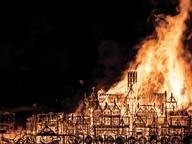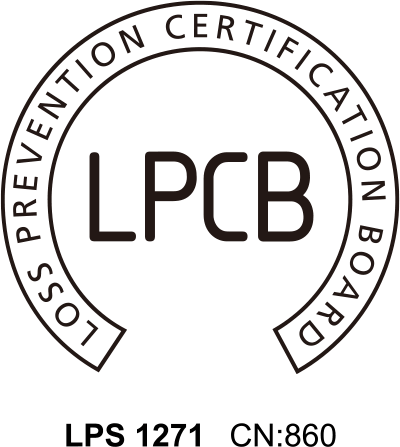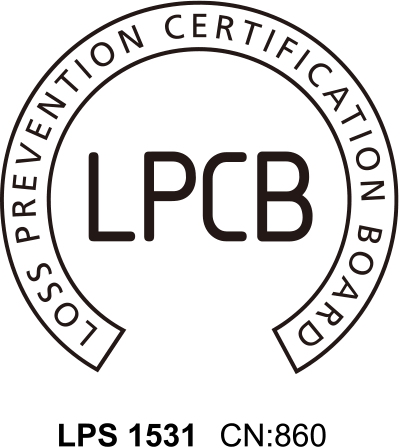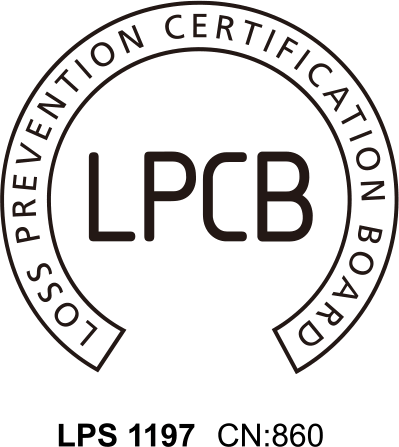When someone asks about your building’s fire protection system, you probably think about its alarm and sprinkler systems when, in reality, it is much more. It is a collaboration of systems between Active Fire Protection and Passive Fire Protection.
Passive Fire Protection
Passive Fire Protection (PFP) is a group of systems that compartmentalise a building through the use of fire-resistance-rated walls/floors, doors and gap-filling measures. Compartmentalising your building into smaller sections helps to slow or prevent the spread of fire and/or smoke from one room to the next.
PFP, thus, helps to limit the amount of damage done to a building and provides its occupants more time for evacuation. PFP includes fire/smoke dampers, fire doors, and firewalls/floors. Dampers are used to prevent the spread of fire/smoke throughout the building through its ductwork. Fire doors help to compartmentalise a building. Fire stopping helps to separate the building into compartments. Photoluminescent egress path markers help light the way to safety.
Click here to find out more about Passive Fire Protection
.jpeg)
Active Fire Protection
Active Fire Protection (AFP) is a group of systems that require some amount of action or motion in order to work efficiently in the event of a fire. Actions may be manually operated, like a fire extinguisher or automatic, like a sprinkler, but either way they require some amount of action.
AFP includes fire/smoke alarm systems, sprinkler systems, and fire extinguishers as well as the actual firefighters who must tackle the fire. Fire/smoke alarm systems are used to detect whether there is fire and/or smoke in a building. Sprinkler systems are used to help slow the growth of the fire. Fire extinguishers and firefighters are used to help put out the fire altogether.
Click here to find out more about Active Fire Protection.
.png)
Are You Looking For Active Fire Protection?
Introducing Rosse Systems. Sitting within the Checkmate Group, Rosse Systems is the standard for active fire protection and security systems.
Having made buildings compliant and lives safer for over 40 years and with over 50 active fire protection personnel, Rosse Systems provides a range of services including:
- Fire Alarms
- Fire Extinguishers
- CCTV
- Emergency Lighting
- Intruder Alarms & Access Control
.jpeg)
Visit The Rosse Systems Website
The all-important combination
Why worry about a passive fire protection system if you have a working active fire protection system? And why worry about active when you have passive? Well, an active fire protection system takes action in helping to put out the fire, but may not always function the way they are designed to work. Sprinklers could fail due to the lack of maintenance, water supply problems like frozen pipes, or even inadequate water pressure.
On the other hand, passive fire protection uses systems that help control and prevent the spread of fire/smoke. It does not, however, take any type of action, such as putting out the fire. Therefore, both AFP and PFP are meant to work together during a fire, not one in place of the other.
The biggest issue today remains with that of quality of construction and poor workmanship with inappropriate material. Couple this with inadequate protection of concealed spaces, such as compartmentation in roof voids is a particular issue with respect to hidden fire spread.
Both active and passive fire protection is designed to save lives and protect buildings and must remain in your consideration when both building and maintaining a building. Ensuring your passive fire measures are up-to-the job will allow you and your occupants of that building to have peace of mind, safe in the knowledge that if the worst should happen people will have as much time as possible to escape. Both active and passive fire protection systems can control fires. Together they help protect lives.
If you need any help or advice in determining whether you’re building is safe, don’t hesitate to contact us. We can organise a site survey, or if you don’t have a fire risk assessment or one that is ‘suitable and sufficient’ send us your details and we’ll be in touch.
Get in touch to discuss your fire protection requirements
You might also like...

School Risk Assessments Must Consider Built-In Fire Protection
Fires in schools are common – there are around 20 fires a week reported, of which one third are in school hours.

Why Employ Firestopping?
Smoke and toxic gases claim more lives in fires than fire itself. Though sprinkler systems can suppress flames, they often contribute to an even deadlier danger – smoking debris.
Fire Resistant Walls Made Entirely of Glass!
ALUFIRE is the first manufacturer to introduce a new system of fire resistant walls made entirely of glass – ALUFIRE Vision Line.





















